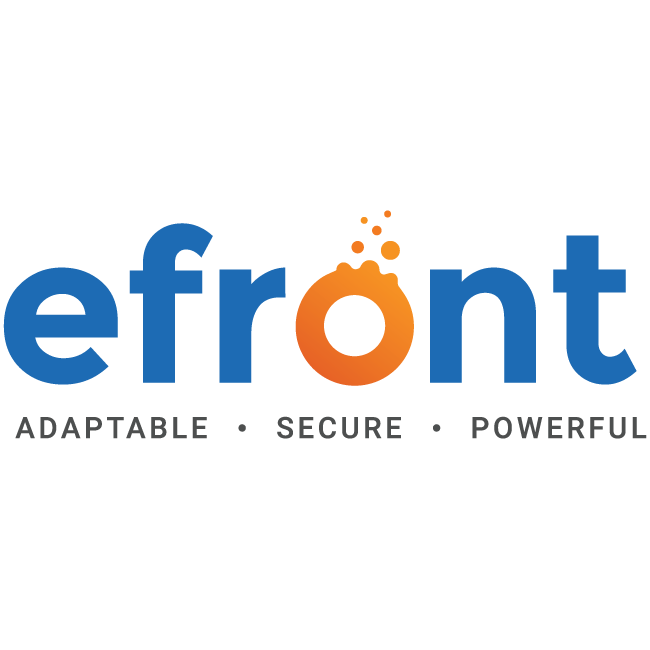
- #ATUTOR AND GAMIFICATION DRIVERS#
- #ATUTOR AND GAMIFICATION UPDATE#
- #ATUTOR AND GAMIFICATION DRIVER#
- #ATUTOR AND GAMIFICATION SOFTWARE#
Asset accumulation plays an important role in this.
#ATUTOR AND GAMIFICATION DRIVER#
This driver is about the user who owns something and wants to remain the owner of it. When something is designed well or beautifully, this makes the user happy and intrinsically motivated to design even more fun things. The results play an important role in people’s motivation. Creativity and feedback ( empowerment)Ĭreativity includes the desire to invent new things and try out different combinations. Many Gamification systems focus on this motive, such as the ability to score points and compare them to other users’ on scoreboards.
#ATUTOR AND GAMIFICATION DRIVERS#
One of the drivers of motivation is the desire to progress, develop skills and face challenges.
#ATUTOR AND GAMIFICATION UPDATE#
Volunteers who update information on the site don’t receive any reward or compensation, but they believe that what they do contributes to something greater that will help increase human knowledge. This motive or driver is about the belief that the user contributes to something larger than himself or is chosen to take action. The Octalysis framework describes the structure for the analysis of the driving forces behind human motivation and is used in health care, fitness, education, training, product design and studies involving peoples’ commitment and motivation. People-oriented approaches are more complicated than this, however, and, in contrast to function-oriented systems, people-oriented approaches involve feelings, uncertainties and certain reasons for carrying out or not carrying out activities. In other words, systems are designed to complete a function as quickly as possible. The framework is based on the premise that systems are function-oriented. The framework focuses on human motivation, explained by eight primal drives.

The Octalysis Gamification FrameworkĪnother pioneer in the field of Gamification is Yu-kai Chou, who also developed ‘The Complete Gamification Framework: Octalysis’. Will Wright, designer of the 1989 video game “Sim City”, was the main speaker. In 2013, a Gamification event was held at the University of Waterloo Stratford. Companies such as Microsoft, IBM and Deloitte use Gamification in various applications and processes. It’s not surprising, therefore, that a number of companies have developed Gamification platforms. In addition to social applications, companies also use Gamification in vying for customer loyalty. The essence of Gamification is to control and change the use, natural instincts and behaviour of people. Gamification is also used for marketing, sales and customer service, but if used with enough creativity, it can be applied almost anywhere within the company. In business, Gamification is the process through which game theories, visualisations or methodology are used to improve business processes. As a result, children were more likely to wash their hands, which resulted in fewer diseases and infections. These toys only appeared after prolonged use of the soap. In Africa, for example, Gamification was applied by placing small toys in soaps. However, it only became known and widespread after 2010.
#ATUTOR AND GAMIFICATION SOFTWARE#
Gamification is a neologism, a relatively new language element, which entered the context of computer software in 2008. Gamification is the use of elements from games and the implementation of playful methods in real-life situations to stimulate involvement, change or motivation in the user.

These links lead to the handbook in single, printable pages.Do you want unlimited and ad-free access? Find out more What is Gamification? Or, follow the context sensitive help through the handbook link while using a tool in ATutor. Follow the link in the footer area of each ATutor installation to find the handbook.

Most of the ATutor documentation is found within ATutor itself in the form of the ATutor Handbook.


 0 kommentar(er)
0 kommentar(er)
